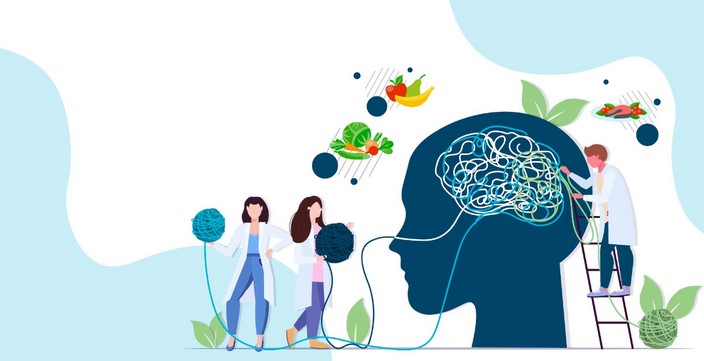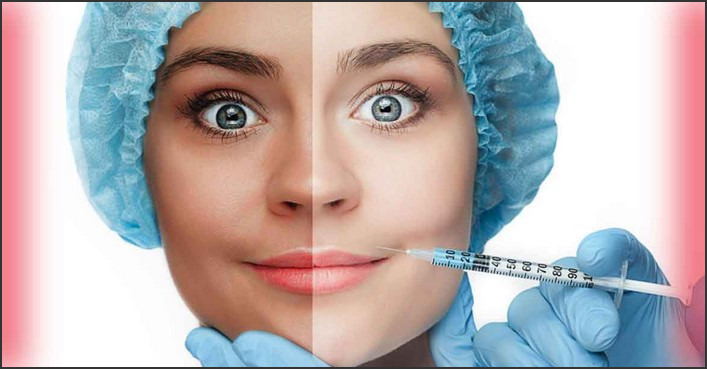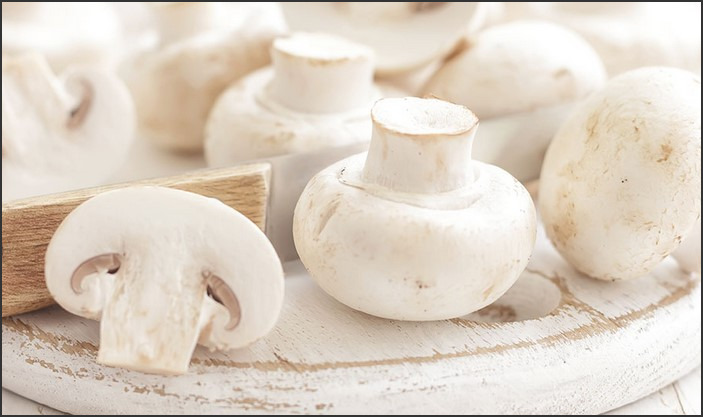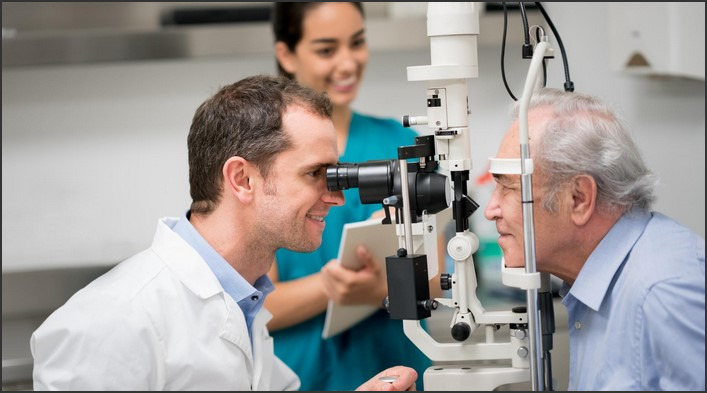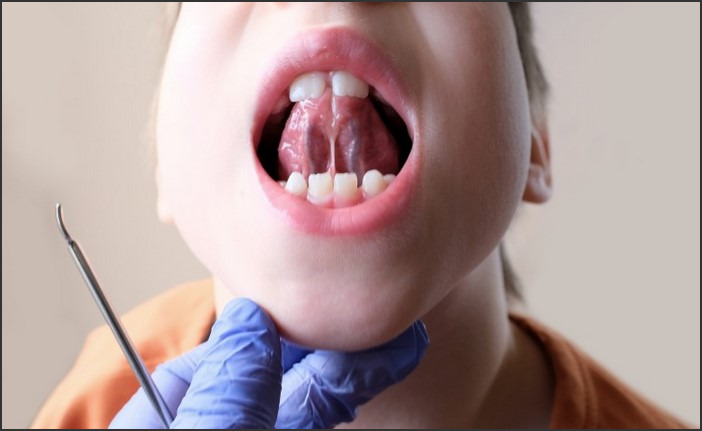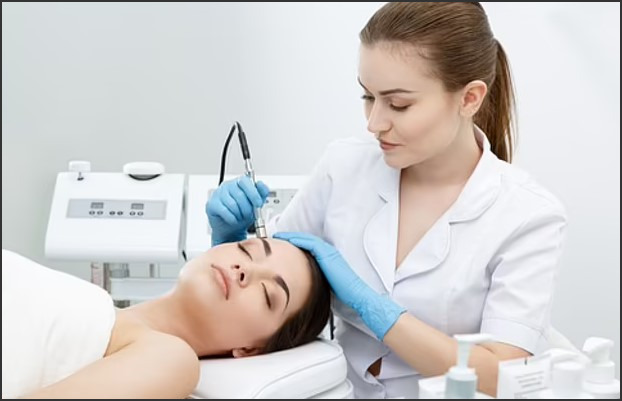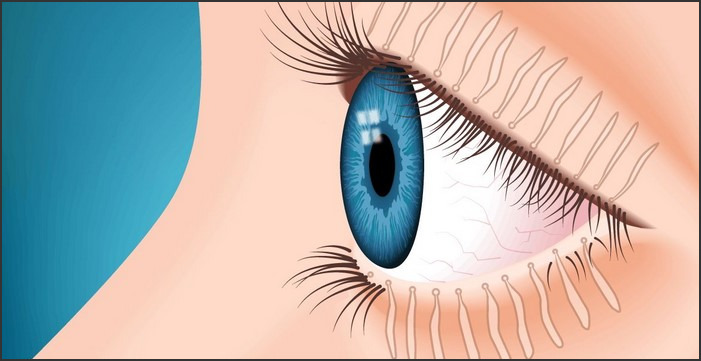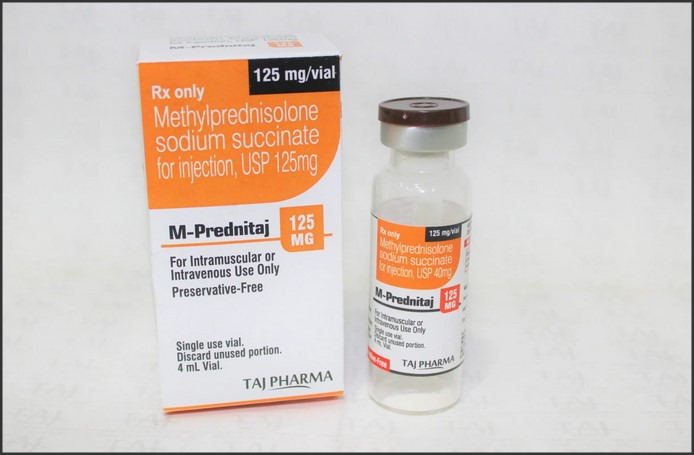
In today’s fast-paced world, the idea of finding inner peace can feel elusive. We often find ourselves overwhelmed by the constant bombardment of information, tasks, and responsibilities. However, there is a powerful tool that can help us regain balance and serenity amidst the chaos: mindfulness. In this mindfulness practice guide, we will explore how simple mindfulness techniques can be incorporated into everyday life to promote peace, reduce stress, and foster a deeper connection with ourselves and the world around us.
Understanding Mindfulness
Mindfulness is the practice of being fully present in the moment, without judgment or distraction. It involves paying attention to our thoughts, emotions, and physical sensations in a conscious, non-reactive way. Unlike other forms of meditation that require extended periods of stillness or quiet, mindfulness can be practiced anytime and anywhere—whether you’re eating, walking, or working. It is about developing an acute awareness of the present, allowing you to let go of worries about the past or future.
The benefits of mindfulness practice are numerous. Research has shown that regular mindfulness practice can reduce stress, improve focus, and even enhance physical health by lowering blood pressure and boosting the immune system. It has been linked to greater emotional regulation, helping individuals manage anxiety, depression, and other negative emotions. By learning how to be mindful in our daily lives, we can cultivate a deeper sense of peace and well-being.
Incorporating Mindfulness Into Daily Life
While the concept of mindfulness may sound simple, it can be difficult to implement in a busy life. However, with consistent practice, it becomes easier to integrate mindfulness into your everyday routine. Here are some practical ways to incorporate mindfulness throughout your day:
Mindful Breathing
One of the simplest ways to begin your mindfulness practice is through mindful breathing. This involves focusing your attention solely on your breath as it moves in and out of your body. Take a few moments each day to sit quietly, close your eyes, and pay attention to your breath. If your mind begins to wander, gently bring your focus back to your breathing. Even just a few minutes of mindful breathing can help calm the mind and reduce stress.
Mindful Eating
Mindful eating is another way to practice mindfulness throughout the day. Instead of eating mindlessly while watching television or working, take a moment to fully experience your food. Pay attention to the textures, flavors, and smells. Eat slowly and savor each bite. This practice not only improves digestion but also fosters a greater appreciation for food and helps to prevent overeating.
Mindful Walking
Walking is another activity that can be transformed into a mindfulness practice. During a walk, focus on the sensation of your feet hitting the ground, the rhythm of your breath, and the sounds around you. Notice the colors, shapes, and textures of the environment. Practicing mindfulness while walking can bring you back to the present moment and provide a sense of clarity and peace.
Mindful Listening
In our fast-paced world, we often listen to others without truly paying attention. By practicing mindful listening, we can improve our relationships and connect more deeply with others. When someone is speaking to you, give them your full attention. Listen without interrupting or thinking about your response. This practice fosters empathy and understanding, creating a sense of harmony in communication.
Overcoming Common Challenges in Mindfulness Practice
Although mindfulness can offer many benefits, it can be challenging to maintain a consistent practice. Some common obstacles that people face when practicing mindfulness include:
- A Wandering Mind: It’s natural for the mind to wander, especially when you’re just starting out. The key is to acknowledge when this happens and gently bring your focus back to the present moment without self-criticism.
- Time Constraints: Many people feel they don’t have enough time to practice mindfulness. However, mindfulness doesn’t require long hours of practice. Even five minutes of focused breathing or mindful observation can be effective.
- Judgmental Thoughts: Practicing mindfulness can bring up difficult emotions or thoughts. It’s important to remember that mindfulness isn’t about avoiding these feelings, but rather observing them without judgment. Let them pass without becoming attached to them.
- Frustration with Progress: Mindfulness is not a practice that yields instant results. It takes time and patience. Be compassionate with yourself and understand that every moment of mindfulness is a step toward greater peace.
Mindfulness for Long-Term Peace
Integrating mindfulness into your daily life is not just about finding short-term relief from stress. It is about cultivating long-term peace and well-being. By making mindfulness a regular part of your routine, you begin to develop a mindset of acceptance, compassion, and presence that can transform how you interact with the world around you.
Over time, mindfulness can lead to greater emotional resilience. You become more adept at handling life’s challenges with grace and calm, rather than reacting impulsively or with stress. Your ability to stay present in the moment improves, and you begin to find joy and contentment in the simplest of experiences.
The beauty of mindfulness is that it’s a skill that grows stronger the more you practice it. It’s not about achieving perfection but about developing a more balanced and peaceful way of living. By committing to mindfulness, you will gradually notice a shift in your perspective—a deeper connection with yourself and a more peaceful relationship with the world.
Conclusion
Incorporating mindfulness into your everyday routine can have profound effects on your mental, emotional, and physical health. Whether it’s through mindful breathing, eating, or walking, each moment offers an opportunity to cultivate greater awareness and peace. This mindfulness practice guide has outlined simple yet powerful techniques that can help you navigate the challenges of modern life while fostering a sense of calm and balance. Remember, mindfulness is not about perfection—it’s about presence. As you continue practicing, you will find that peace is not something to chase, but something that naturally arises when we learn to live fully in the present moment.




